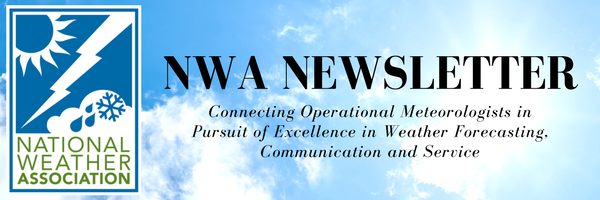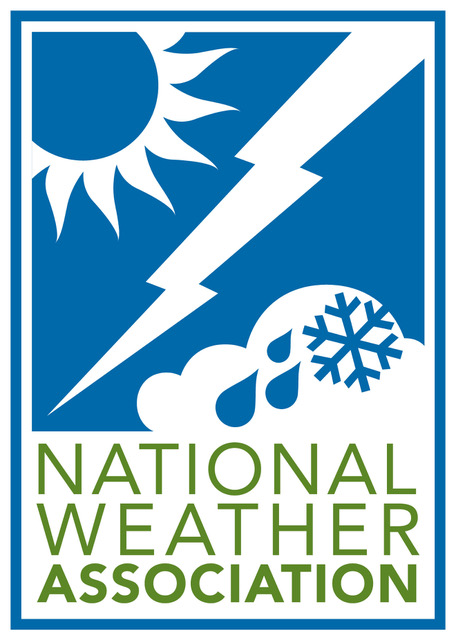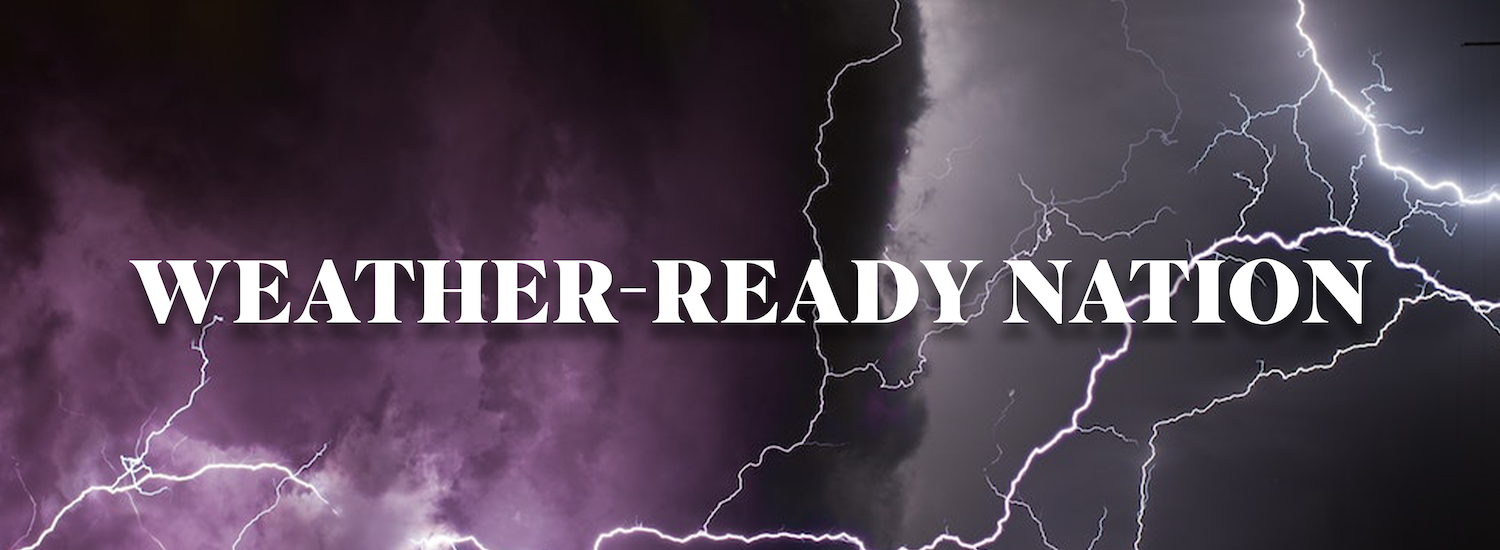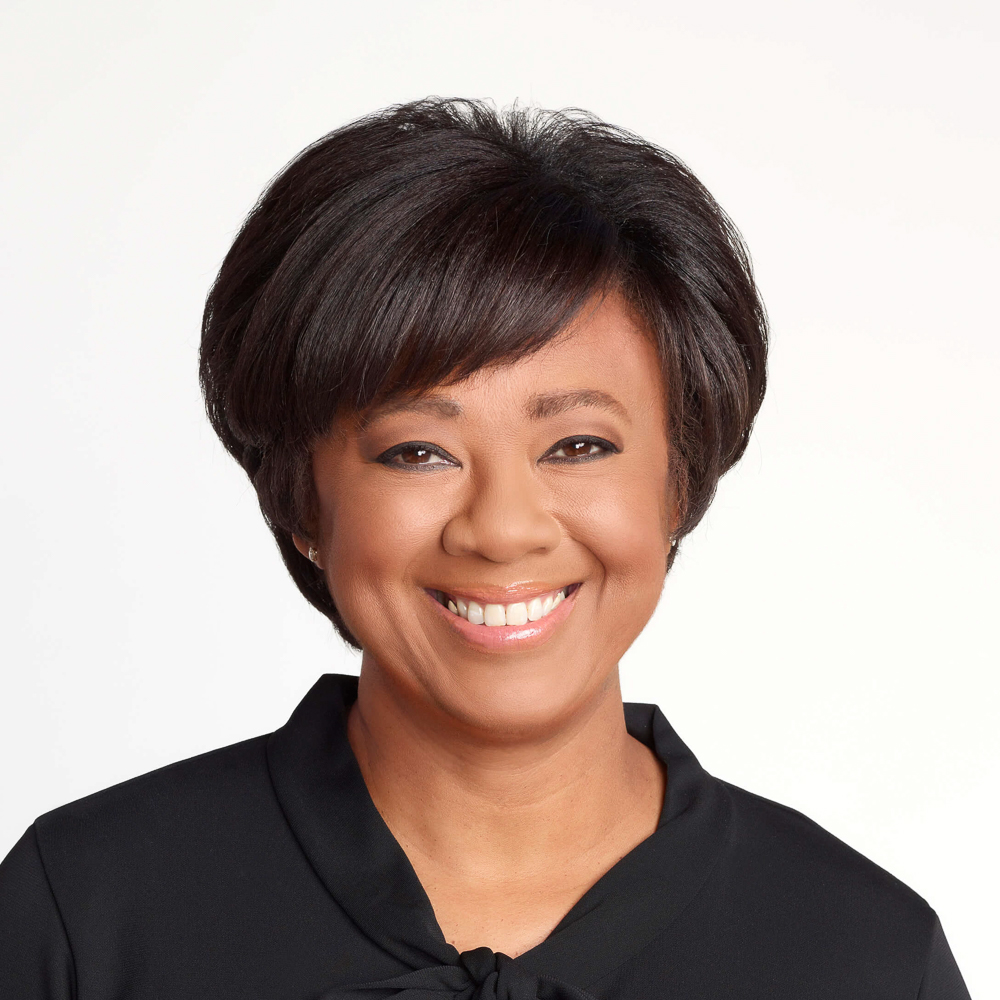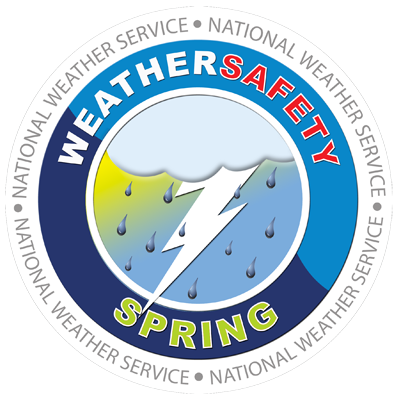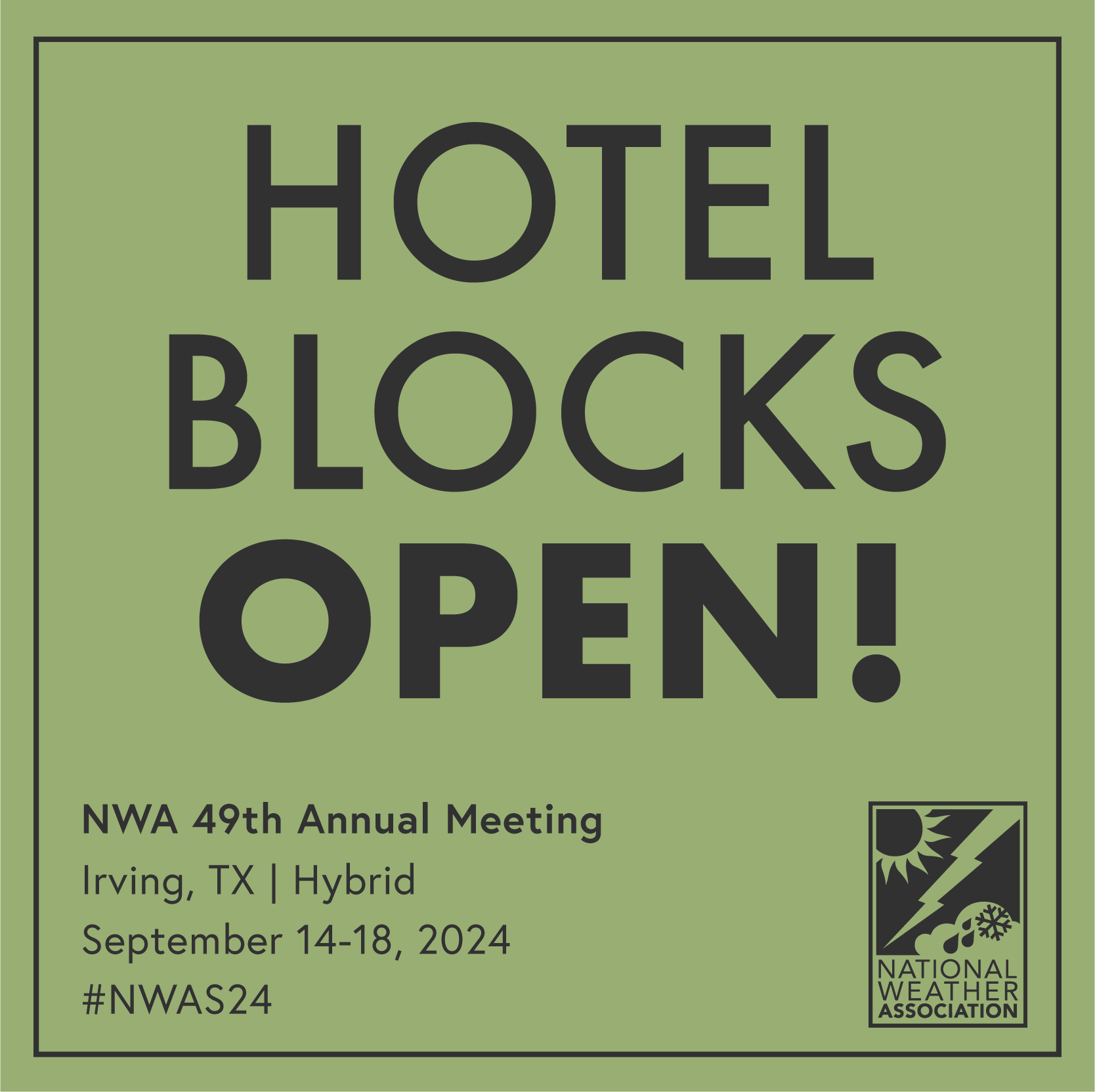|
NWA January 2021 Newsletter
Issue 21 - 01
What's in this newsletter:
President's Message
NWA President Nate Johnson
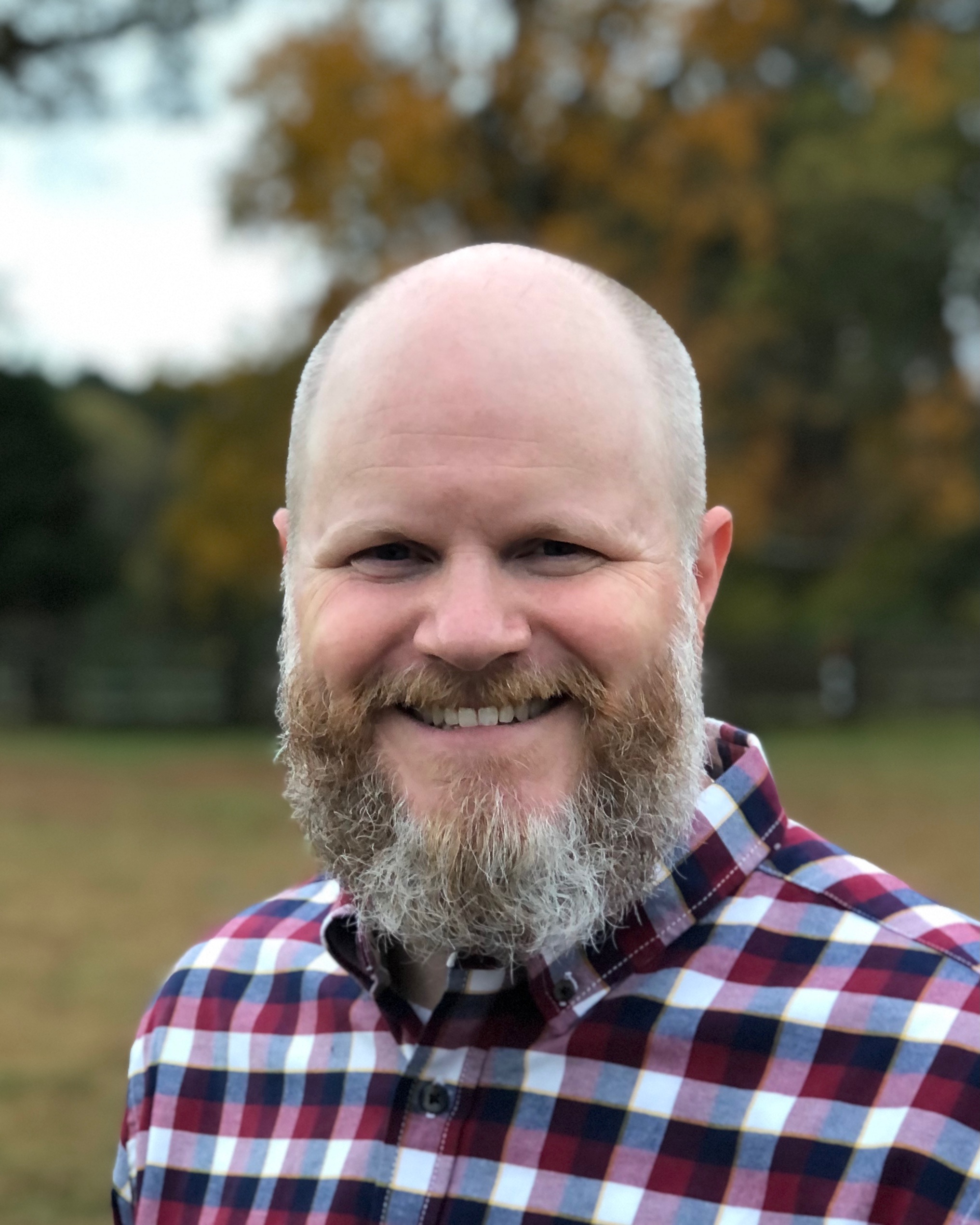
Happy New Year and welcome to the first president’s message of 2021! I want to start the new year by acknowledging the steady leadership and hard work of the people who served the NWA last year. We owe our immediate past president, our Board of Directors, our headquarters staff, and everyone who contributed on various committees and working groups a debt of gratitude. Keeping an organization like ours moving forward is a lot of work in a normal year, and you don’t need me to tell you 2020 wasn’t a normal year. And yet, the NWA is in a stronger position now than it was this time last year thanks to their efforts.
One of the first tasks for the president-elect is to decide on a theme for the year they serve as President. As I considered this year’s theme, I knew I wanted it to build on last year’s—Forward Together—and to lean into the work we began around adapting to the pandemic, addressing issues of systemic racism, and more. But it wasn’t until I stumbled across a photo of the Muskingum River Bridge in Zanesville, Ohio, that it really gelled for me.
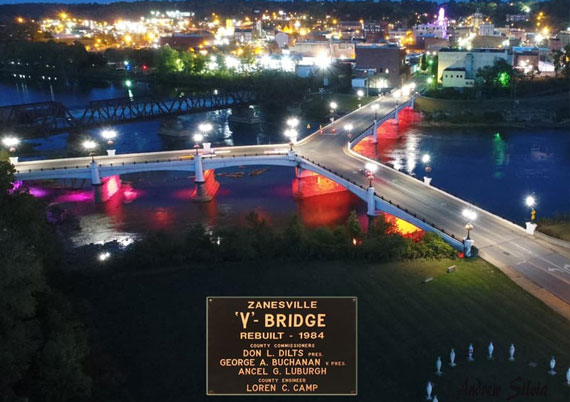
The Muskingum River Bridge, known locally as the “Y-Bridge,” spans the confluence of the Licking and Muskingum Rivers, and in a lot of ways it symbolizes the role NWA plays in our weather enterprise. It’s not just a way from Point A to Point B. Rather, it connects three different places, spans two different river systems, and allows traffic to flow in all directions improving lives at each endpoint and beyond.
The NWA is like the Y-Bridge. Connecting with one another professionally and personally is a key feature of the NWA and our annual meeting. We all come to the NWA representing multiple communities—government, broadcast, private sector, emergency management, hobbyists, forecasters, communicators, researchers, educators, modelers, Black, white, Latino/Latina, and more. Our fascination with weather and passion further discovery is the common bond, and we use our talent and treasure in service to others through forecasts, decision support, education, research, preparation, and more.
Boil that down to its essence, and you have our theme for 2021:
Connecting Communities through Discovery and Service.
A key feature of this theme is that it is succinct yet invites exploration. There are very many layers to this that we will unpack in the coming year, including at our annual meeting this August. Our call for papers will be open soon, and I invite you to explore our theme by sharing your work with the community through an oral or poster presentation, session, or workshop.
Meanwhile, I wish you strength and grace in this new year. The scientific research, development, and rollout of a vaccine gives us hope that the dark and isolating days of this pandemic are numbered. And in its wake, we will have an opportunity to connect in ways both old and new in order to serve our communities better than we have before. I look forward to serving you as president and helping you and the NWA grow in 2021.
Return to Top
Call for Abstracts Opening Soon
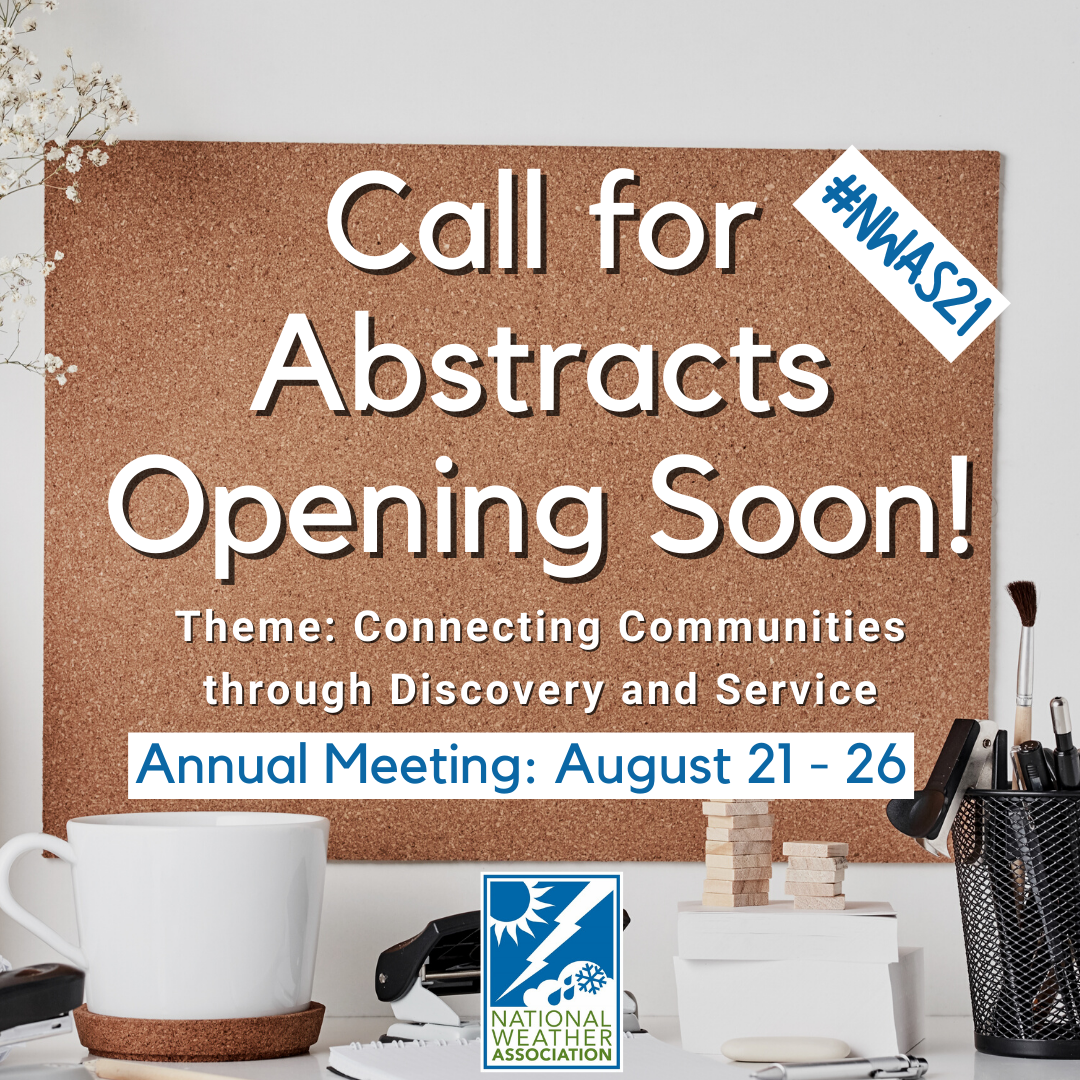
Call for Abstracts will be opened the week of January 18. Announcements will be made to members via email, through the app and social media. The NWA Annual Meeting will be held on August 21 - 26.
We hope to see you there! #NWAS21
Return to Top
In Memoriam: Robert H. Johns 1942 – 2020
by Steven J. Weiss, Larry F. Wilson and Roger Edwards
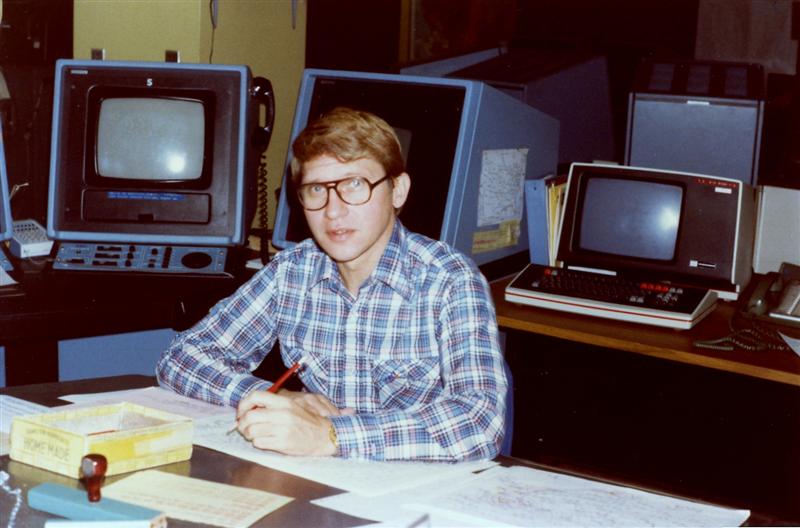
Robert H. (Bob) Johns, an NWA charter member and a preeminent severe local storms forecaster and researcher, passed away on October 26, 2020, four days before his 78th birthday. He worked for more than 30 years at the NWS Storm Prediction Center (SPC) in Norman, Oklahoma, and its predecessor, the National Severe Storms Forecast Center (NSSFC) in Kansas City, Missouri.
Bob was born on October 30, 1942, in Lebanon, Indiana, and grew up in the small town of Terhune, about 35 miles north of Indianapolis. He developed a keen interest in weather at an early age, in part enhanced by his awareness of the large impact of weather on agriculture in the region. His particular interest in severe weather was crystallized by the Palm Sunday tornado outbreak of April 1965, which killed 271 people in the Midwest.
The region devastated by tornadoes included Terhune and several of his neighbors and family friends were killed. At the time of the outbreak, Bob was a senior at the University of Oklahoma majoring in meteorology; he was part of the original graduating class in the new OU meteorology program. This event deeply affected Bob, so he turned his attention to a career in studying and forecasting severe weather.
Following graduation from OU, Bob was hired by the US Weather Bureau (USWB) as a meteorologist at Ft. Wayne, Indiana. This was followed by four years in the US Coast and Geodetic Survey before coming back to the USWB in Kansas City, Missouri, in 1970. Working in Kansas City facilitated his transfer into the Severe Local Storms (SELS) unit of NSSFC in 1971 to fulfill what was to become his lifelong passion in severe-storm forecasting.
His accurate real-time analysis and prediction of severe storms across the nation from 1970 through 2000 was considered the gold standard, informed by his unique attention to detail. His groundbreaking applied research benefited not only SELS but the broader weather enterprise. He provided lifesaving forecasts prior to and during numerous severe weather and tornado outbreaks, including the April 2, 1982, Red River Valley Outbreak that killed 29 people. On that day, SELS issued the first “High Risk” Severe Weather Outlook in its history, and Bob issued the first-ever “Particularly Dangerous Situation” Tornado Watch that preceded violent, killer tornadoes at Paris, Texas, and Broken Bow, Oklahoma. These product categories are quite rare and are reserved for the most dangerous severe-weather threats. Bob was among a small group of SELS forecasters to receive the US Department of Commerce Silver Medal for their outstanding public service provided that day.
Bob studied a wide range of severe local storm events and is best known for his seminal research on bow echo convective systems, widespread damaging windstorms known as “derechos”, and atypical severe weather systems occurring under northwest flow aloft in the wake of an upper trough.
His forecasting and research were closely intertwined, as the challenges he encountered on the forecast desk would inform his research projects. Not surprisingly, his forecasting and research skills reflected his superlative attention to detail, innovative thought and analysis process, and a tireless work ethic that enabled him to blend scientific methodology with an innate understanding of real-world weather relevance.
Following a 15-year period as a Lead Forecaster at SELS, Bob was selected to be its first Science and Operations Officer (SOO) in 1994, responsible for guiding the infusion of cutting-edge science into the severe-weather forecasting process and providing advanced training for SELS forecasters. As both Lead Forecaster and SOO, Bob taught severe weather forecasting science and operational techniques to incoming forecasters at SELS.
His seemingly unlimited enthusiasm and deep knowledge made him an outstanding teacher and mentor, not only during in-house, multi-day training workshops that he led, but during operational forecast shifts. Bob was also well-respected across the NWS and served frequently as an invited speaker at numerous local Weather Forecast Office training seminars.
As SOO he also played a key role in the transition of SELS into the SPC in 1995, and the subsequent move of the organization to Norman in 1996–1997, as part of the co-location of SPC with the NOAA National Severe Storms Laboratory. He received numerous honors during his career for his meteorological contributions, including election as a Fellow of the American Meteorological Society (AMS) and recipient of the NWA’s Dr. T. Theodore Fujita Research Achievement Award.
Bob had an excellent remembrance of severe weather history. During the week of the 1985 AMS Severe Local Storms Conference in Indianapolis, Bob took three of his colleagues with him on an afternoon driving trip to Terhune. (A side highlight: His mother baked a birthday cake for him, as it was late October, and the group shared a small party in her home on the visit) During the drive, he identified multiple tornado damage paths from the Palm Sunday 1965 outbreak, some of which were still visible 20 years later, while recalling personal stories about family and friends who were directly affected by the tornadoes.
Two noteworthy post-retirement endeavors further illustrate the Palm Sunday outbreak’s influence on Bob. In the first, he worked with a colleague to document more completely the Palm Sunday tornado outbreak from his perspective. It included a descriptive and scientific assessment of the episode, and most importantly, it revealed the personal impacts of the tornadoes on the lives of people in the Terhune area. In the end, it is the story of how the destructive forces of nature affect ordinary people, and ultimately influenced the lives of others like Bob, who subsequently spent a lifetime devoted to improving our understanding of and preparedness for future storms.
In the second endeavor, he worked with a group of collaborators to re-examine and update the meteorological setting and impacts of the 1925 Tri-State tornado that killed nearly 700 people along its path from southeast Missouri across southern Illinois into southwest Indiana. Bob spent more than a year researching historical records from small-town libraries, newspapers and historical societies in communities that were hit by the tornado, to further refine details of the tornado characteristics, track, damage, casualties, and other societal impacts.
Remarkably, he located and interviewed several people, particularly in southern Illinois, who were young children at the time of the Tri-State tornado, to document their memories. Without his persistent and determined effort, the human details of this unique event undoubtedly would have been lost to history.
Bob was well-known and respected as a dedicated, warm-hearted, and gentle person who devoted his professional career to systematic improvements in the understanding and prediction of severe storms. He was always delighted and eager to share his science excitement with others in the weather community and to mentor forecasters and students who shared his interests.
He believed that undivided attention was necessary on forecast shifts to fulfill the NWS mission of protection of life and property during severe weather episodes, and he held himself and others to the highest standards of professional conduct. Those of us who were fortunate to work with him understood why he considered SELS/SPC to be a “temple of meteorology,” whose goal was to serve and protect the public from tornadoes and severe thunderstorms.
The severe-weather community is fortunate to have been inspired by Bob’s scientific leadership and insights for many decades, and we are all grateful for our shared times with him.
Return to Top
Outage of NOMADS website for Planned Maintenance Effective on January 21, 2021
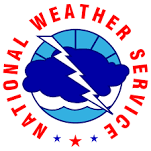
On January 21, 2021, the General Services Administration (GSA) will perform emergency maintenance to the power infrastructure at the David Skaggs Research Center in Boulder, CO. This maintenance will impact the Boulder IDP data center causing a total outage of the NOAA Operational Model Archive and Distribution System (NOMADS) website for at least 12 hours, from 1500Z to 0300Z the following day.
Model data will still be available via the FTPPRD website and FTP server. For more technical information regarding this outage, and for additional details regarding alternate data access methods, please take a look at the Service Change Notification here.
Return to Top
COMET Quarterly Announcement: Winter 2020-2021
by David Russi, Translation Coordinator, UCAR/COMET
Greetings from Boulder, Colorado!
It’s definitely feeling like winter here, though we have had generally mild weather in our corner of Colorado. Nine months of working at home has made this year different from the norm, but we continue supporting our community with new and updated materials.
Below you will find links to COMET’s latest additions to our library of materials. During fall we published four new English lessons covering the National Water Model, the use of satellite imagery in winter forecasting, the role of the aviation focal point, and building partnerships through communication. In collaboration with NASA, we also published the second edition of The Sun, The Earth, and Near-Earth Space, a book on space weather written by late astronomer Dr. John A. Eddy.
The integration team has been hard at work to remove Flash from some of our most popular lessons, which are also receiving a facelift in the process. While a few lessons will be retired and some will remain as text-only versions, this effort will update all language versions of about 150 of our lessons on a variety of topic areas.
All of us at COMET thank you for using our training materials and send you our best wishes for a safe and enjoyable New Year.
New COMET Lessons in English
National Water Model Services: Training Videos
Satellite Applications for Winter Weather: Snow Squalls
Aviation Focal Point: A Day in the Life
Building Partnerships Through Communication
The Sun, The Earth, and Near-Earth Space, 2nd Edition
New COMET Lessons in Spanish
We published four lessons in Spanish this quarter. Two lessons complete the Instrumentation series, a lesson on the use of social science in risk communication, and a lesson on satellite imagery analysis. We also published a new MetEd course on satellite water vapour imagery interpretation.
Los instrumentos y la medición de la precipitación en superficie
Los instrumentos y la medición de la radiación atmosférica
Las ciencias sociales al servicio de una mejor comunicación de riesgos
Mínimos de vorticidad y estructuras en coma invertida
Curso breve de interpretación de imágenes satelitales de vapor de agua
Currently, these materials are freely available to everyone, courtesy of our primary sponsors: NOAA's NWS, NESDIS and National Ocean Service programs, EUMETSAT, the Naval Meteorology and Oceanography Command, the Meteorological Service of Canada, Bureau of Meteorology, the U.S. Army Corps of Engineers, and the Department of the Interior Bureau of Reclamation.
Return to Top
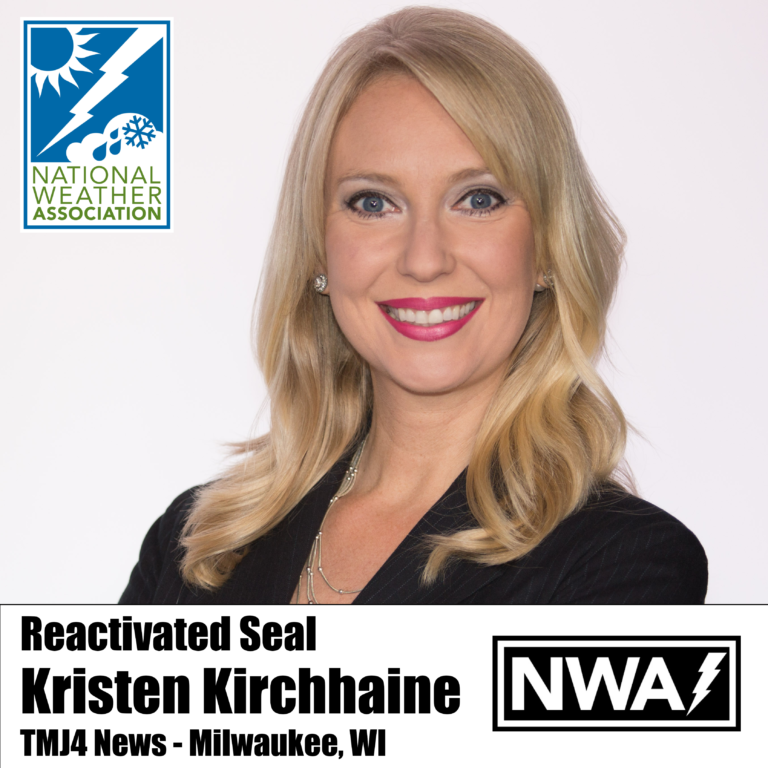
Q & A with Kristen Kirchhaine:
Q: When did you know you wanted to become a meteorologist?
A: I actually didn't know I wanted to be a meteorologist until my last year of college. Long story short: I was going to school for journalism/mass communications, had an internship producing weather breaks for a local media company, and loved it so much I decided to switch my focus from journalism to meteorology. I had a great professor who helped guide me though completing my journalism degree while focusing on weather. Then I went back to school to get my meteorology certification, and eventually a degree in geosciences.
Q: What is your favorite season and why?
A: Summer, hands down. I love heat and humidity. Warm, humid air feels like a hug from the atmosphere.
Q: Do you have any unusual/unexpected talent?
A: I can fall asleep almost anywhere.
Q: What is one activity you enjoy doing during your time off?
A: Cooking. This year I am working on cooking my way through an entire cookbook!
Q: What is one of your favorite places you've traveled to/visited?
A: Joshua Tree National Park. It's strange and incredibly beautiful.
Congratulations to Kristen Kirchhaine on reactivating her TV Weathercaster Seal of Approval!
Follow Kristen on Facebook, Twitter and Instagram.
See all the other members who have earned a TV, Radio, or Digital Seal here, and more information on becoming a Seal Holder here.
Return to Top
NWA Distant Socials Schedule
Schedule:
Thursday, January 28th
Thursday, February 25th
Tuesday, March 9th
Each Distant Social begins at 8:30 p.m. ET. More information about joining here.
January Webinar - Meet the NWA President

January Webinar - Meet the NWA President
Scheduled: January 28 at 11 a.m. ET.
Stay tuned for more updates!
View our past webinars here.
Return to Top
NWA Jobs Corner
Are you hiring? Reach a variety of candidates through the NWA Jobs Corner.

Current Jobs:
Teaching Faculty Position - Department of Atmospheric Sciences, University of North Dakota
The William M. Lapenta NOAA Student Internship Program
Return to Top
New Articles Published in the Journal of Operational Meteorology
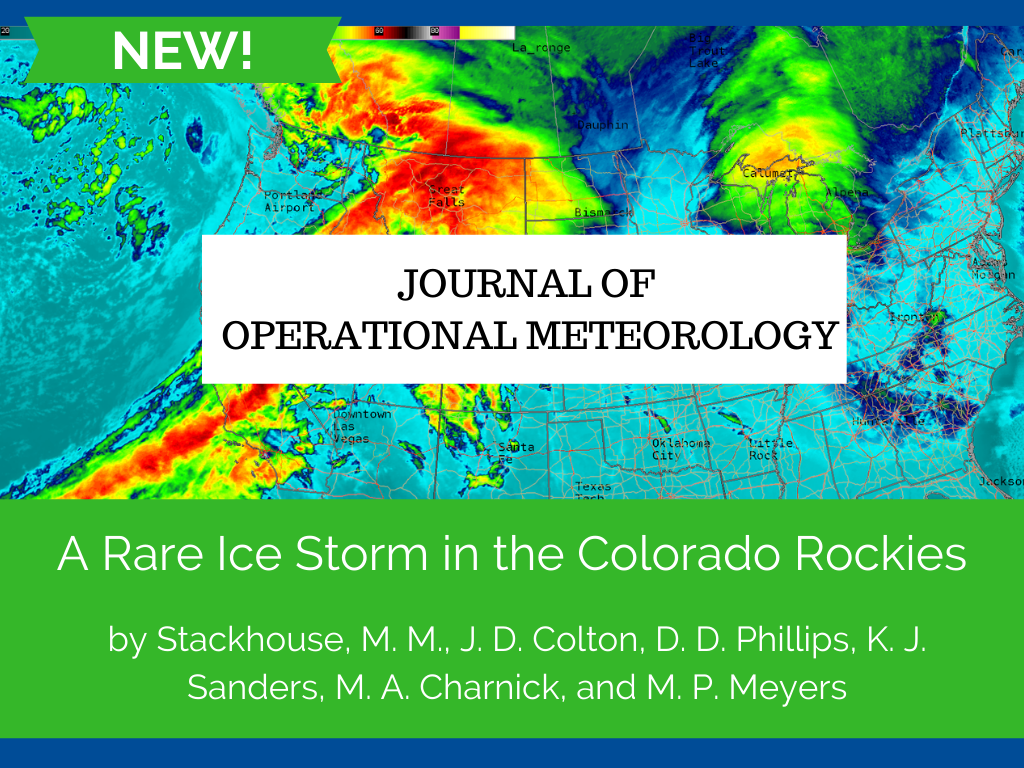
Two new JOM articles have been published since the last newsletter.
A rare ice storm in the Colorado Rockies by Megan M. Stackhouse, Jeffrey D. Colton, Dennis D. Phillips, Kristopher J. Sanders, Michael A. Charnick and Michael P. Meyers.
DOI: https://doi.org/10.15191/nwajom.2020.0811.
Abstract:
During the early morning hours of 9 January 2017, freezing rain developed across several valley locations in western Colorado. The resultant ice accumulation led to extremely treacherous travel conditions with hundreds of vehicle accidents reported in the vicinity of Grand Junction, Colorado and near Durango, Colorado. Additionally, widespread power outages were reported in Durango and near Steamboat Springs, Colorado. First responders were overwhelmed by the volume increase of emergency calls, and secondary services were requested from nearby municipalities to help with the increased workload. The emergency operations center in Mesa County, Colorado (Grand Junction) was activated as a result of the numerous accidents and injuries across the region. An ice storm of this magnitude has not been experienced in Grand Junction’s period of record, which dates back to 1893. A detailed investigation explores the physical processes responsible for this ice storm over the complex terrain of the Intermountain West.
---
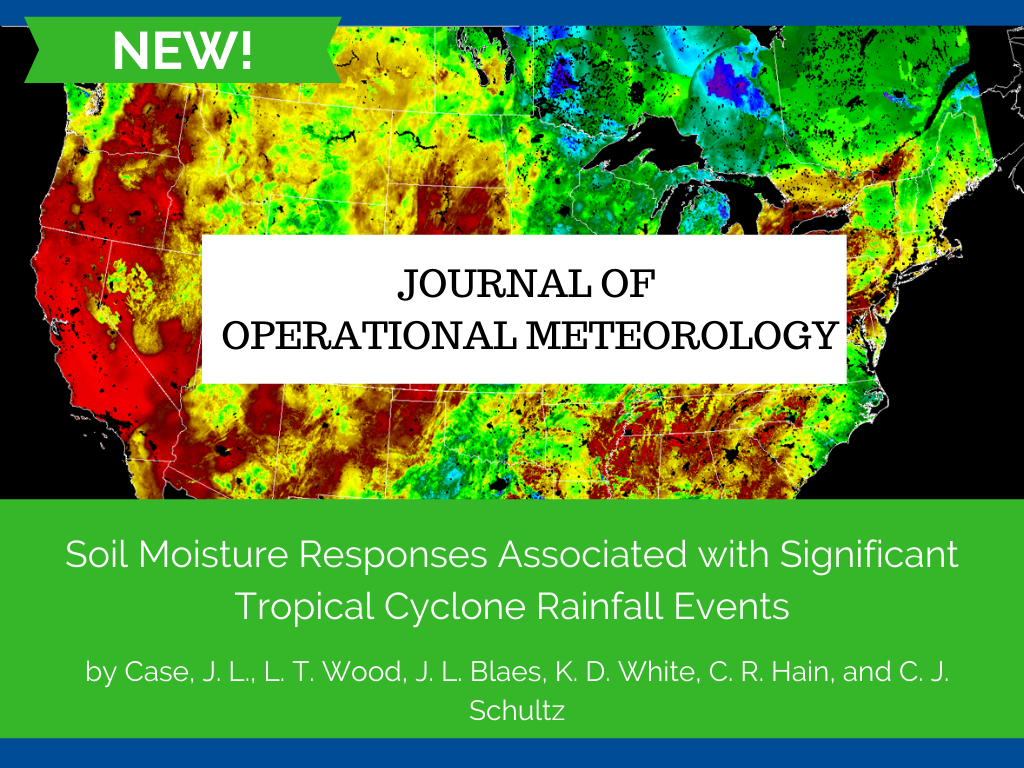
Soil moisture responses associated with significant tropical cyclone flooding events by Jonathan L. Case, Lance T. Wood, Jonathan L. Blaes, Kristopher D. White, Christopher R. Hain and Christopher J. Schultz.
DOI: https://doi.org/10.15191/nwajom.2021.0901.
Abstract:
Several historic rainfall and flooding events associated with Atlantic Basin tropical cyclones have occurred in recent years within the conterminous United States: Hurricane Joaquin (2015) in early October over South Carolina; Hurricane Harvey (2017) in late August over southeastern Texas; Hurricane Florence (2018) in September over North Carolina; and Tropical Storm Imelda (2019) in September, again over southeastern Texas. A common attribute of these events includes a dramatic transition from dry soils to exceptional flooding in a very short time. We use an observations-driven land surface model to measure the response of modeled soil moisture to these tropical cyclone rainfall events and quantify the soil moisture anomalies relative to a daily, county-based model climatology spanning 1981 to 2013. Modeled soil moisture evolution is highlighted, including a comparison of the total column (0-2 m) soil moisture percentiles (derived from analysis values) to the 1981-2013 climatological database. The South Carolina event associated with Hurricane Joaquin resulted in a sudden transition from severe drought to significant flooding in the span of a few days, due to locally 700+ mm of rainfall. The prolonged heavy rainfall associated with Hurricane Harvey resulted in record soil moisture values well in excess of the tail of the climatological distribution. The soil moisture west of the Houston, Texas, metropolitan area was anomalously dry prior to Harvey, but quickly transitioned to near saturation in the top 1 m, while east of the Houston area antecedent soil moisture values were more moist prior to the local 1200+ mm of rainfall and catastrophic flooding in the Beaumont/Port Arthur area. Hurricane Florence led to widespread 500-700+ mm of rainfall in North Carolina, and another dramatic transition from anomalously dry conditions to record wetness. Once again, with Tropical Storm Imelda, portions of southeastern Texas experienced extreme rainfall amounts up to 1000+ mm, resulting in another sharp transition from drought conditions to extreme flooding in <3 days. An experimental forecast soil moisture percentile is presented for the Imelda event, showing the potential to increase situational awareness for upcoming flooding episodes, along with a discussion of how an ensemble-based approach could be explored to address forecast model error and uncertainty.
---
The JOM publishes submissions in three categories: Article, Short Contribution and Commentary. The JOM is a peer-reviewed, all-electronic journal with an international scope, providing authors with the benefits of economical publication costs and rapid publication following acceptance.
If you are interested in submitting a paper to the JOM, please go to the Call for Papers webpage.
Thank you to the JOM authors, reviewers and editors for continuing to make JOM a success!
Return to Top
National Weather Association | 3100 Monitor Ave, Suite 123 | Norman OK 73072 | 405.701.5167
Publisher: Janice Bunting, NWA CEO
Editor: Bryce McElhaney, NWA Communications and Marketing Coordinator
Technical Editor: Winnie Crawford
Submit newsletter items to [email protected]
using the NWA Newsletter Instructions for Authors
Copyright © 2021 National Weather Association, All rights reserved.
|
